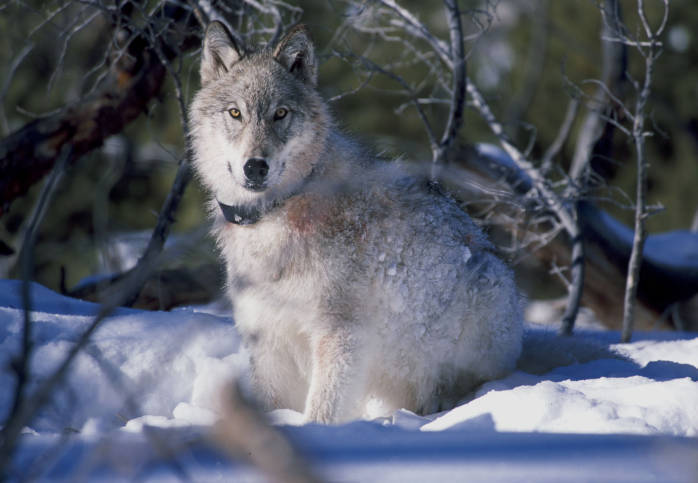
What is LightHawk’s role in the reintroduction of gray wolves in Colorado?
LightHawk is a 501(c)(3) nonprofit conservation organization that accelerates conservation initiatives through aviation. LightHawk volunteer pilots donate their time, aircraft, and resources to transport gray wolves from an airport near their capture location to an airport in Colorado where Colorado Parks & Wildlife will take them to their release location.
Why is LightHawk involved in the gray wolf reintroduction into Colorado?
LightHawk was approached by Colorado Parks & Wildlife to handle air transportation for gray wolves as part of their reintroduction into the state. Gray wolves are an endangered species. LightHawk partners with various organizations across the continent to promote the conservation of natural resources. This includes transporting and monitoring threatened and endangered species.
Why not transport the wolves on a commercial flight?
LightHawk’s specialized and flexible approach to conservation transport has distinct advantages. The flexibility of our pilots and shorter transport times minimize exposure to external conditions and stressors, promoting the well-being of the wolves. Our pilot’s general aviation aircraft can utilize small runways significantly reducing total transport time, a crucial advantage in remote areas lacking major airports. Additionally, veterinarians and handlers can be with the captured wolves during transport to address their immediate needs.
How many wolves will be transported?
According to Colorado Parks & Wildlife – Colorado Wolf Restoration and Management Plan, “wolf reintroduction efforts will require the transfer of about 30 to 50 wolves over a 3-to-5-year period from the NRM states, with assistance from other state wildlife management agencies. Based on the TWG recommendations, CPW will aim to capture 10-15 wild wolves annually from several different packs over the course of 3 to 5 years by trapping, darting, or net gunning in the fall and winter. These captures may be done by agency staff, contractors, or private trappers. The total number of wolves relocated in any year and in total will depend on capture success, continued participation by the cooperating states, and the degree to which relocated animals remain in Colorado and survive.”
Where are the wolves coming from and where will they be released?
LightHawk is not involved in the decision-making. The initial transport of gray wolves were moved from Oregon to Colorado. The second transport of wolves were moved from British Columbia to Colorado.
How are flights planned by LightHawk better for the wolves?
LightHawk Volunteer Pilots typically operate smaller aircraft, capable of traveling through smaller, more local airports. This means shorter travel times for the animals and less stress. Biologists and veterinarians can load the animals directly on and off the plane. The animals often travel within the climate-controlled cabin of the plane allowing them to be more comfortable and under less stress. This also allows a handler to ride along with them, attending to any needs during the flight. LightHawk transport flights have proven to lead to more successful outcomes for the animals.
Where can I learn more about gray wolf reintroduction in Colorado?
Visit the Colorado Parks and Wildlife Wolves in Colorado FAQ site for more information about gray wolves and their reintroduction to the state.
How is LightHawk funded?
LightHawk is a 501c3 nonprofit dedicated to accelerating conservation success through the powerful perspective of flight. Our work is supported by a generous network of pilots, donors, foundations, as well as occasional program-related fees to advance our conservation programs. LightHawk Volunteer Pilots donate their time, skills, and resources to make each flight happen. If you would like to join us by supporting our work, you can donate online or learn more about becoming a LightHawk VP.
What other conservation issues is LightHawk working to advance?
LightHawk collaborates with diverse conservation partners nationwide, such as nonprofit organizations, wildlife agencies, photographers, and journalists, to tackle critical conservation issues in wild places, wildlife, watersheds, oceans & coastlines, and climate change. By working closely with our partners to utilize aviation as part of their overall conservation strategy, LightHawk not only accelerates conservation impact, but saves our partners valuable time and resources. Together, we are making a difference for the planet, one flight at a time.
